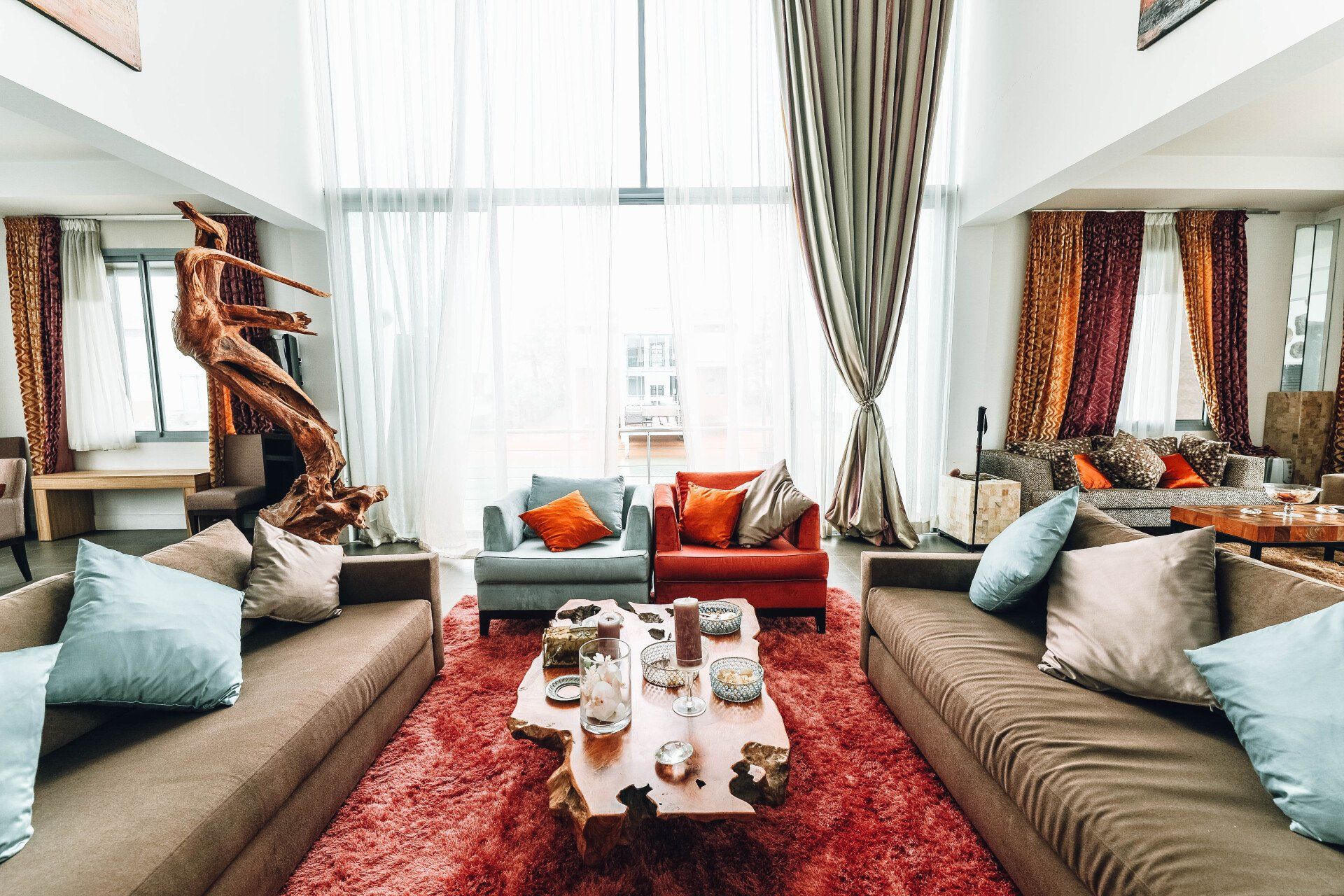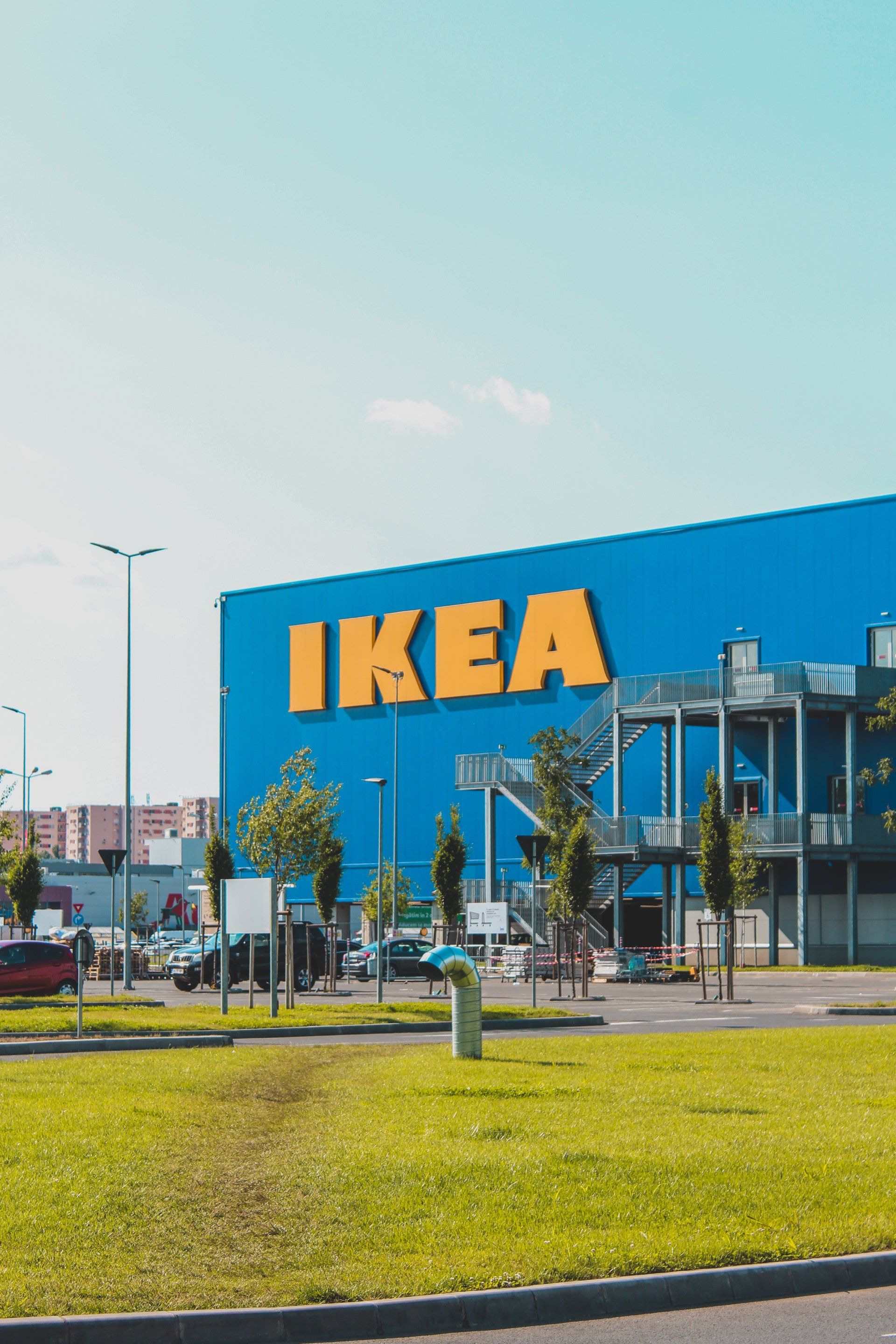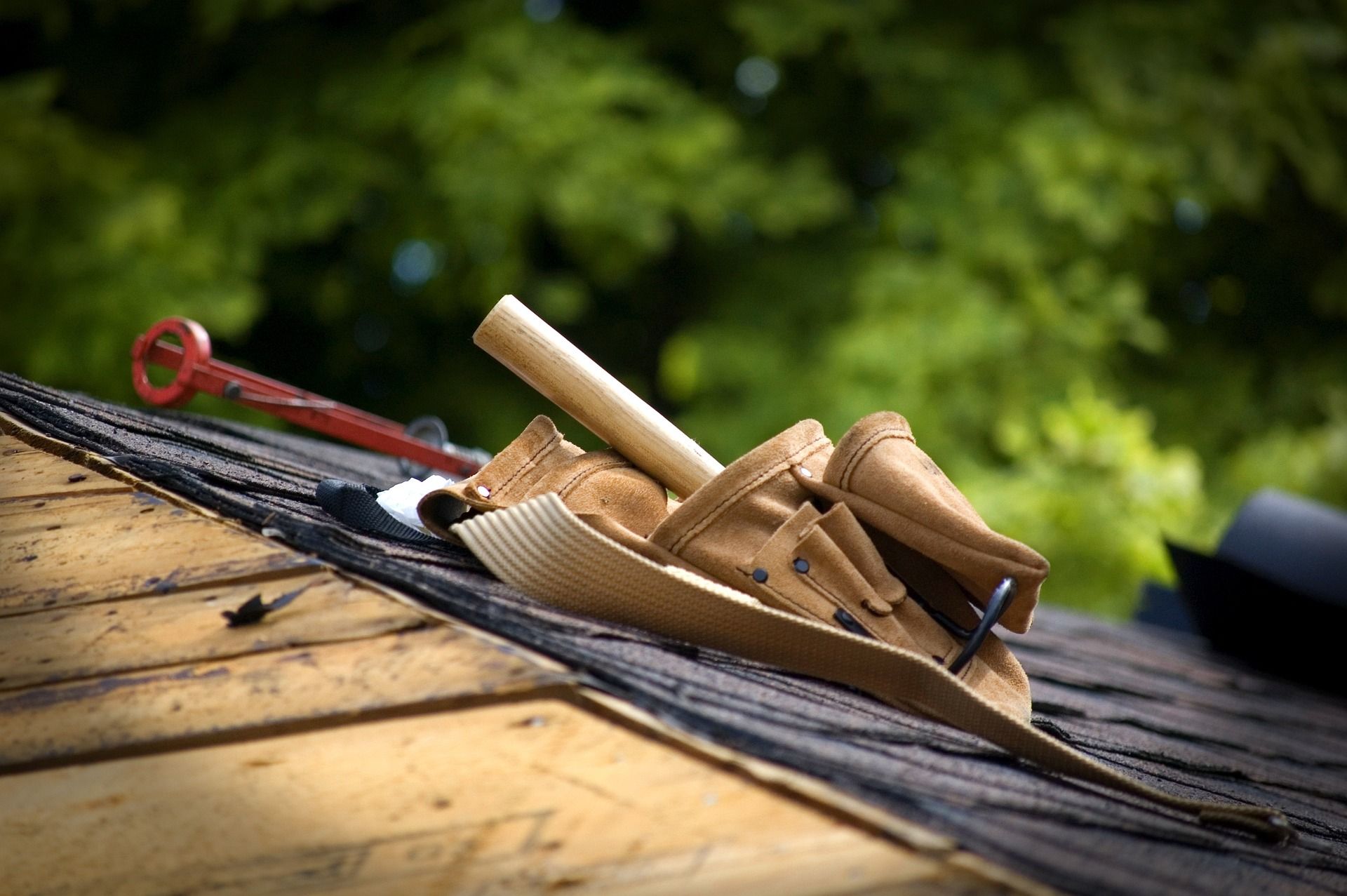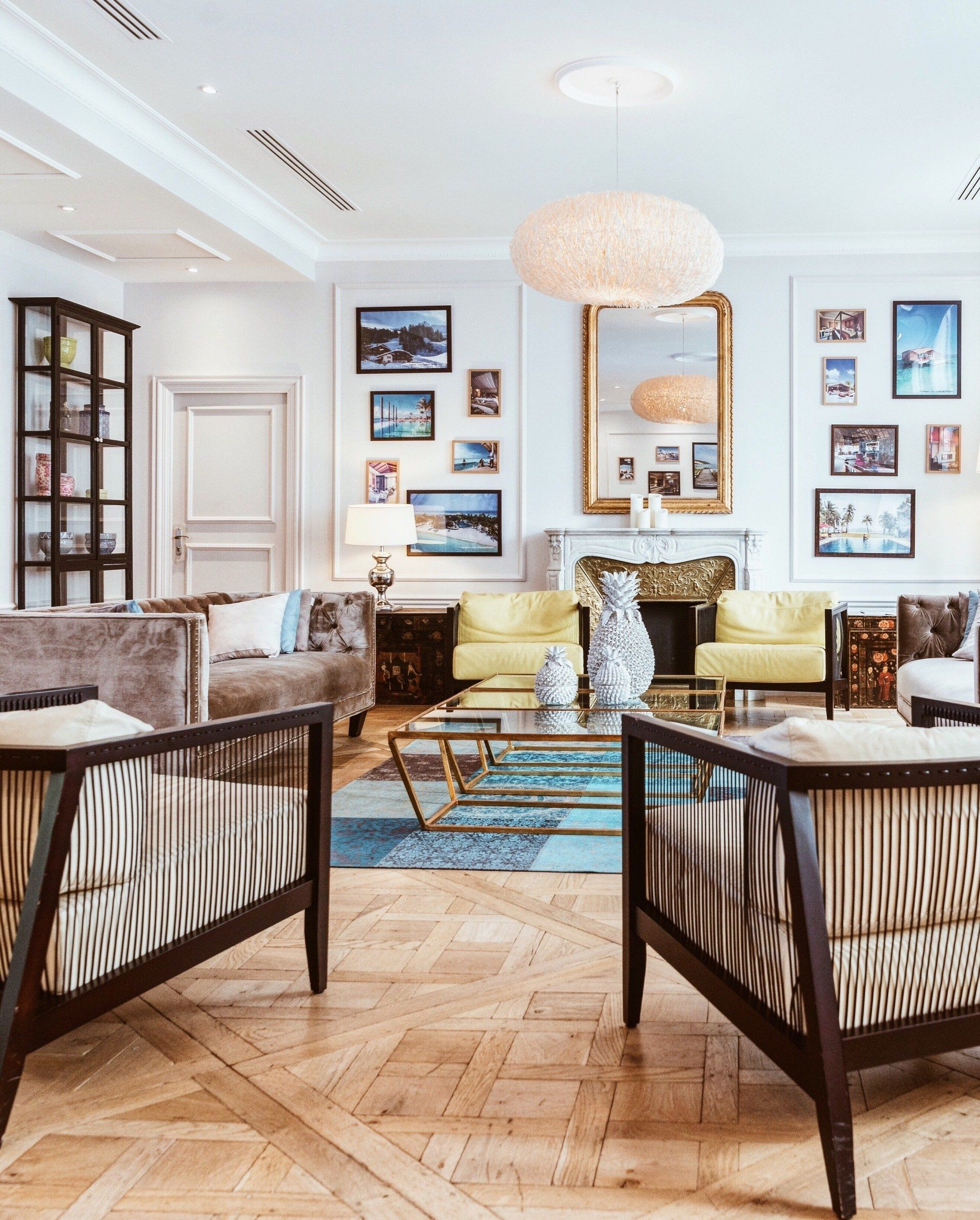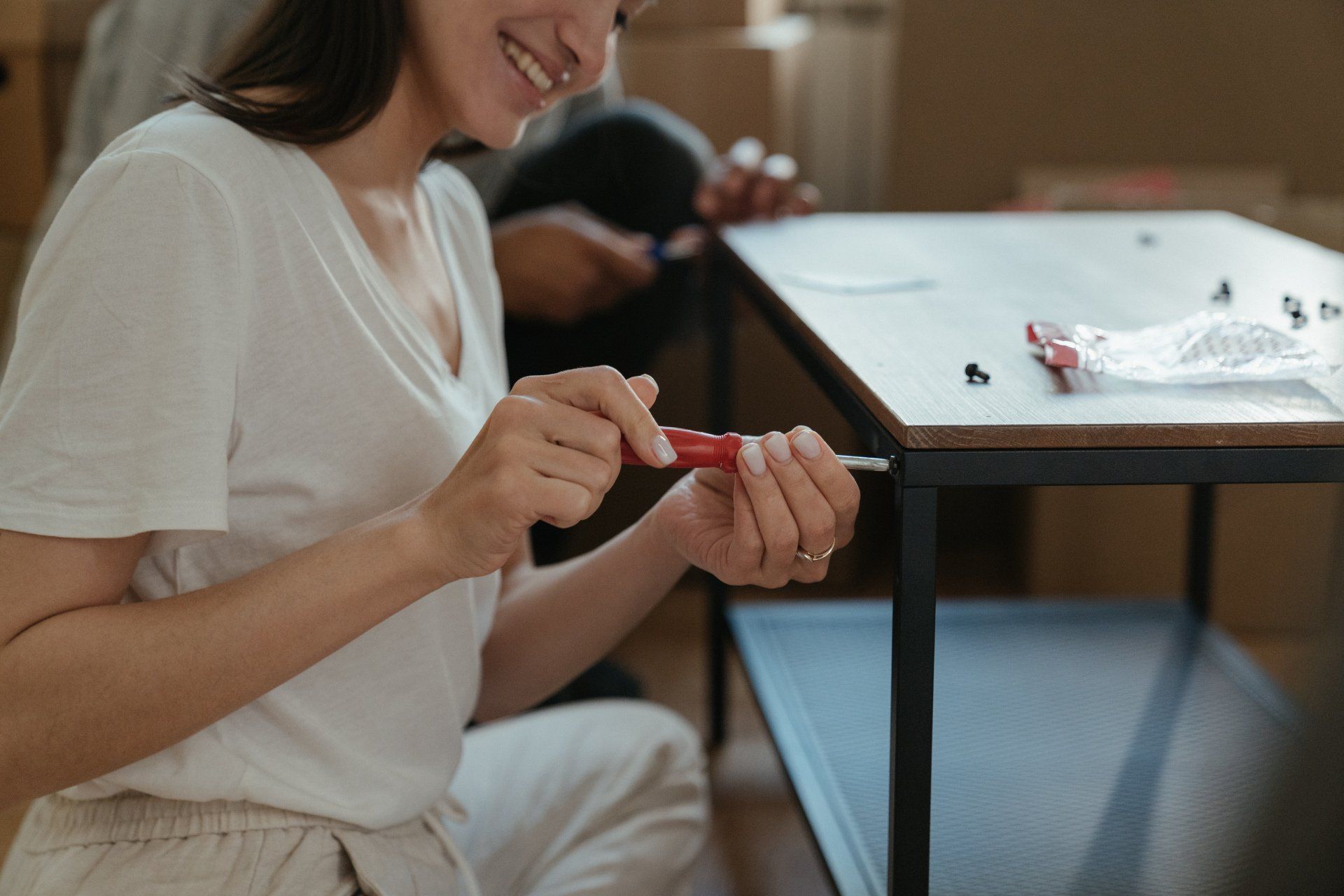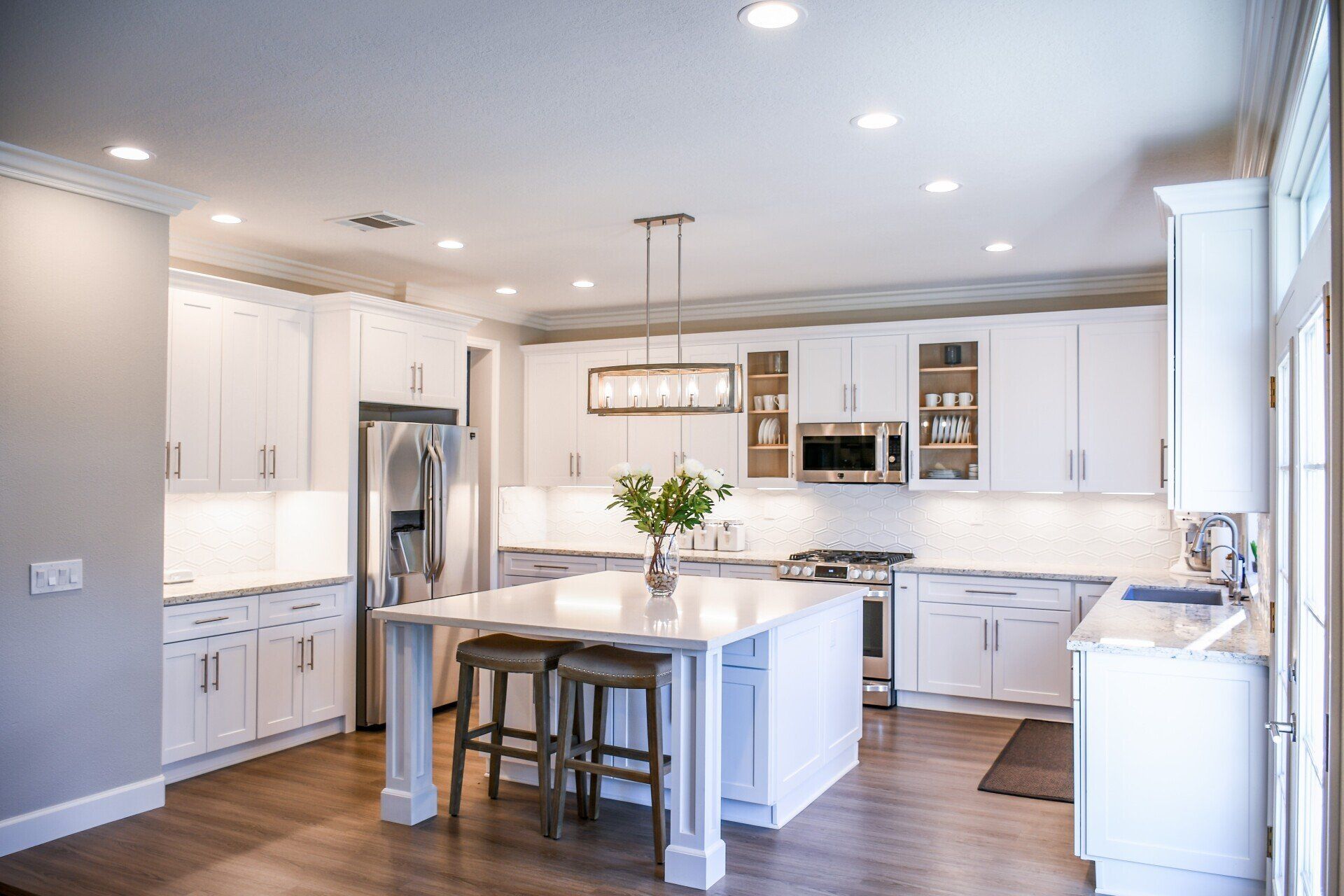Design, Build, Relax: The Evolution of IKEA and Flat Pack Furniture Assembly in Kensington
IKEA's development and the notion of flat pack furniture assembly in Kensington have completely changed how people adorn their homes and interact with their furnishings. The roots of this revolution may be traced back to the mid-twentieth century, with IKEA's unique approach to furniture retailing and the popularization of flat pack furniture by visionary designers such as Gillis Lundgren. Flat packs are now an essential aspect of the IKEA business strategy, providing customers the convenience of assembling their furniture while enjoying low prices and quick shipping. We delve into the history and significance of flat pack furniture as we journey through this change, illuminating how it has shaped modern lifestyles and design choices.
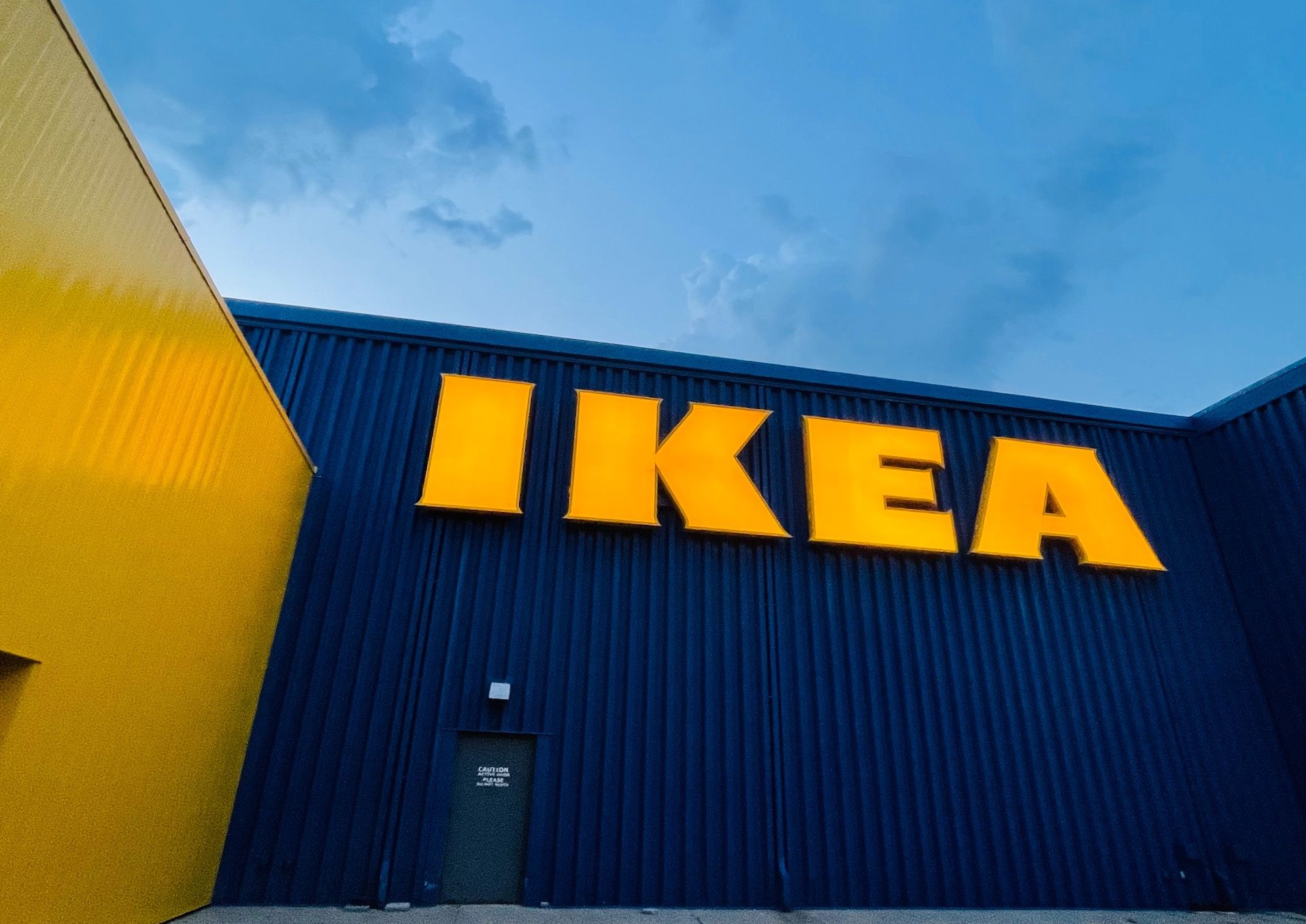
IKEA's Founding and Early Challenges
At the tender age of 17, Ingvar Kamprad embarked on an entrepreneurial journey that would revolutionize the furniture industry. With initial furniture offerings comprising bulky chairs and tables crafted by local artisans, IKEA faced significant challenges in the distribution process. The company urgently needed a more cost-effective solution to bring quality furniture to customers without breaking the bank, as shipping costs were a considerable burden.
The Evolution of Flat Pack Furniture
The concept of flatpack furniture traces back to the mid-19th century with the Thonet chair, a pioneer in space-efficient furniture design. However, it was IKEA that took this idea to a whole new level, making flatness the cornerstone of its groundbreaking business model. By allowing customers to assemble the furniture themselves, IKEA unlocked the potential for rational distribution and remarkably low retail prices, a concept unheard of in the traditional furniture market.
The evolution of IKEA's flat pack furniture began to gain momentum with the 1953 catalog's introduction of three tables: DELFI, RIGA, and KÖKSA. These products marked a turning point, and the customer assembly approach drove IKEA's growth. No longer constrained by the limitations of traditional furniture dealers, customers could now access good-quality furniture with fast delivery directly from the factory.
As IKEA continued to expand in the 1960s and '70s, the flat pack concept faced growing pains, with occasional missing parts and unclear assembly instructions causing customer frustration. However, IKEA was quick to adapt and refine its approach. Today, meticulous planning and innovative design thinking from the drawing board ensure that each product is optimally packed, efficiently utilizing space and resources while maintaining quality and function.
Intriguingly, the humble Allen key, a small but powerful tool, emerged as a symbol of IKEA's approach. Alongside flat packs, the Allen key allowed customers to participate in the assembly process actively, fostering collaboration between IKEA and its customers. This unique working together with customers has become one of IKEA's trademarks, and it underlines their commitment to providing sustainably produced furniture with good function, quality, and design at affordable prices.
The flat pack revolution did not merely impact IKEA's bottom line and redefined how customers perceived furniture. Due to the cost-effectiveness and ease of transport of flat packs, IKEA reached global markets and offered furniture at prices that had never been seen before. Furthermore, the flat pack approach encouraged designers to innovate and create functional products with clean and minimalist designs, embodying the spirit of modern living.
Purpose of IKEA's Flat Pack Furniture Concept: Evolution and Social Impact
Social Impact and Resource Saving
The revolutionary concept of IKEA's flat pack furniture assembly near me has transcended beyond convenience and affordability. It has brought about a significant social impact, promoting sustainability and resource-saving through efficient packaging. By utilizing flat packs, IKEA reduces transportation space and optimizes packing density, leading to fewer trips and lower carbon emissions. The positive environmental impact of using cardboard for flat packs is noteworthy, as it encourages the adoption of eco-friendly materials, minimizing the ecological footprint in furniture production and delivery.
The Ikea Effect and Consumer Perception
IKEA's flat pack furniture assembly service in Kensington has created the fascinating psychological phenomenon called the "Ikea Effect." When customers actively participate in assembling their furniture, a unique emotional connection is forged, elevating the perceived value of the products. This sense of accomplishment and ownership enhances the overall satisfaction and attachment to the furniture pieces. As customers invest their time and effort in the assembly process, the resulting bond with the furniture becomes a testament to the success of IKEA's revolutionary business model.
As we delve into the purpose and impact of IKEA's flat pack furniture concept, it is clear that this evolutionary approach goes beyond merely providing furniture. It reflects a transformative vision combining convenience, sustainability, and emotional connection, creating a revolutionary experience in furniture design and assembly.
Background and Evolution of Flat Pack Furniture: From Thonet Chair to IKEA's Pallet Challenge
Early Origins of Flat Pack Furniture
The history of flat pack furniture traces back to the mid-19th century with the introduction of the Thonet chair, a remarkable creation by Michael Thonet in Austria-Hungary. However, it wasn't until later that the concept truly developed in Central Europe. Sweden, in particular, played a significant role in the early evolution of flat pack furniture, with the first flatpack furniture series, Triva, introduced in 1944 by the prestigious department store Nordiska Kompaniet (NK). Around the same time, Ingvar Kamprad, the founder of IKEA, was embarking on his entrepreneurial journey, realizing the need for a more cost-effective distribution process for furniture and finding inspiration in the concept of flatpacks and customer assembly.
IKEA's Contribution to the Flat Pack Revolution
Ingvar Kamprad's visionary business model and fascination with the flatpack concept culminated in a revolutionary moment for the furniture industry. In 1953, the IKEA catalog made history by introducing three flatpack tables - DELFI, RIGA, and KÖKSA. This move marked the beginning of IKEA's iconic flat pack furniture assembly service in Kensington, allowing customers to take charge of assembling their furniture. This rationalized the distribution process and resulted in significantly lower retail prices for customers. IKEA's approach to empowering customers to play an active role in assembling furniture revolutionized the industry. It paved the way for a new era of affordable, stylish, and accessible home furnishing.
As we uncover the background and evolution of flat pack furniture, we witness a remarkable journey from the early Thonet chair to IKEA's iconic pallet challenge. This transformative path has redefined furniture assembly, creating a seamless blend of ingenuity and convenience that has become synonymous with the trusted furniture assembly in Kensington and IKEA's customer-centric business model.
Tips and How-To: Customer Assembly and Innovative Design Thinking

The Evolution of Assembly Instructions
Assembly instructions play an important role in flat pack furniture, ensuring customers can effortlessly transform a bundle of components into fully functional and stylish pieces. However, this aspect of the flat pack revolution has only sometimes been seamless. Early challenges with assembly instructions often left customers frustrated and confused, leading to time-consuming and sometimes inaccurate assembly attempts. Instructions needed more clarity and simplicity, making the process daunting for many.
Over time, as flat pack furniture gained popularity, manufacturers recognized the need to improve assembly instructions drastically.
The company introduced innovative solutions to simplify the process and enhance customer relations. Today, assembly instructions come with visual aids, step-by-step diagrams, and easy-to-follow language. With comprehensive and user-friendly instructions, customers now find the assembly process enjoyable and engaging, fostering a sense of accomplishment upon completing their furniture projects. The evolution of assembly instructions reflects the dedication of companies like IKEA to deliver an exceptional customer experience, making their furniture assembly service in Kensington even more trusted and sought after.
Designing for Efficient Flatpacks
The role of product developers and designers in optimizing flatpack designs is paramount to ensure efficient packaging, cost-effectiveness, and customer satisfaction. The journey from raw materials to a fully assembled piece of furniture requires careful consideration of every component's size, shape, and placement within the package.
Innovative design thinking involves striking the perfect balance between form, quality, and function while keeping prices affordable. Designers meticulously create furniture that efficiently packages and ships, reducing the overall environmental impact through minimized material usage and transportation resources. The efficient flatpacks enable simultaneous transportation of more products, reducing shipping costs and fostering a positive reputation for environmentally conscious practices.
As companies like IKEA continue to innovate their product designs and assembly processes, they have transformed the flat pack furniture assembly concept in Kensington and beyond. This dedication to excellence and sustainability sets the standard for the furniture industry, enabling customers to enjoy stylish and functional pieces while actively participating in creating their dream spaces.
Pros and Cons of IKEA's Fast Factory Direct Delivery and Low Retail Prices
1. Fast Delivery and Low Retail Prices
IKEA's speedy factory-direct delivery changed the furniture industry. This revolutionary concept lets buyers receive their furniture straight from the factory, eliminating third-party dealers and speeding up shipping. This fast delivery mechanism lets clients enjoy their new furniture right away.
IKEA's low prices have revolutionized global shopping. IKEA delivers inexpensive, high-quality furniture by simplifying production and cutting costs. This pricing strategy has altered the furniture sector, making fashionable and useful furniture affordable to more customers. IKEA is known for its affordable costs and high-quality items.
2. Challenges and Limitations of Fast Factory Direct Delivery
IKEA's speedy factory direct delivery technique has pros and cons. Strong distribution networks are needed to deliver furniture directly from factories to clients' homes. Delivering orders on time and undamaged during peak seasons can take time and effort.
Assembly is another factor. Customers assemble IKEA's flat pack furniture. Encouraging customers to participate in furniture production and challenging assembly precision and customer happiness. Clear assembly instructions are essential, but customer expertise and compliance determine success.
IKEA constantly balances cost-effectiveness, customer experience, and product quality. Keeping retail pricing low while achieving quality and durability standards is tricky. To stay competitive, IKEA must constantly innovate and adapt its products to customer preferences and design trends.
Despite these hurdles, IKEA's commitment to creative solutions and outstanding value has made it a trusted furniture brand. IKEA has become a market leader by offering fast delivery and cheap retail prices to clients who want fashionable, affordable furniture without sacrificing quality.
Comparison with Traditional Furniture Dealers: Quality, Design, and Craftsmanship
1. Traditional Furniture Buying Experience
Contrasting the traditional furniture buying experience with IKEA's flat pack model reveals significant consumer engagement and expectations differences. Traditional furniture dealers often operate through brick-and-mortar stores, where customers can physically browse and test furniture before purchasing. This in-person experience lets customers directly assess the furniture's quality, design, and craftsmanship.
In contrast, IKEA's flat pack model offers a unique and modern approach to furniture shopping. Customers can explore a wide range of furniture options through IKEA's catalog, available in physical stores and online. This shift in customer expectations reflects a growing preference for convenience and flexibility in shopping. IKEA's catalog offering allows customers to visualize and plan their furniture arrangements, making selecting pieces that align with their home decor and personal preferences easier.
2. Quality and Craftsmanship of Flat Pack Furniture
Evaluating the quality and design of IKEA's flat pack furniture compared to traditional offerings showcases IKEA's commitment to producing functional and stylish furniture at affordable prices. While traditional furniture dealers may offer luxurious and high-end pieces, they often come with a premium price tag. In contrast, IKEA focuses on creating quality furniture accessible to a broader audience through its low retail prices.
IKEA maintains its reputation for quality through rigorous product testing and design processes. When customers assemble them correctly, IKEA's furniture pieces, delivered as flat packs, are engineered to be sturdy and durable. Additionally, IKEA uses sustainable materials and responsible sourcing practices, aligning with the growing demand for eco-friendly and socially responsible furniture options.
By implementing efficient assembly and distribution practices, IKEA maximizes cost-effectiveness without compromising on the quality and design of its furniture. This rational distribution approach allows IKEA to offer products at competitive prices while meeting customer expectations for well-crafted and visually appealing furniture.
The combination of IKEA's innovative flat pack model, low retail prices, and commitment to quality has revolutionized the furniture industry. As customers increasingly prioritize convenience, style, and affordability, IKEA's approach to furniture shopping continues to resonate with a diverse and global audience.
Packaging Challenges and Brand New Solutions
Packaging Challenges and Solutions
Packaging affects the environment and product distribution in the furniture sector. As a flat pack pioneer, IKEA has tackled these difficulties and offered unique solutions that meet sustainability goals and regional laws and regulations.
The furniture industry needs to work on excessive material use and waste. Traditional furniture packaging used large boxes, which wasted resources and raised transportation emissions. Wasteful production increased product expense and environmental damage.
IKEA's flat pack strategy changed furniture packaging. IKEA reduced materials by designing furniture to be dismantled and compactly packaged. This method saves storage space during shipment and simplifies customer handling, reducing shipping costs and environmental impact.
IKEA's Euro Pallet packaging boosts resource conservation. Europe uses Euro Pallets to load and unload goods efficiently. IKEA follows this standard to connect its furniture to existing supply chain systems, reducing packaging and transportation costs.
IKEA's recyclable packaging is innovative. Sustainable products include the PS Metal Cabinet. This cabinet supports resource conservation and product durability using recycled components and easy disassembly.
IKEA's commitment to area laws and regulations reinforces its ethical packing and distribution. IKEA facilitates global distribution without compromising environmental responsibility by recognizing and following regional packaging regulations.
Finally, IKEA's furniture packing solutions are sustainable and resource-saving. IKEA reduces waste and carbon emissions and supports responsible consumption and manufacturing using flat pack designs, Euro Pallets, and recyclable materials. IKEA's innovative packaging solutions set the benchmark for ecologically responsible furniture companies and inspire others.
Recommendations and Limitations for Next-Level flat pack Designs

1. Advancing flat pack Design Innovations
Minimalist Scandi furniture has increased demand for economical, fashionable, and easy-to-assemble flat pack designs. Designers must create next-generation flat pack designs that match consumer desires for cheap, simple furniture and improve the customer experience.
Next-generation flat pack designs incorporate new materials and technology. Innovative materials can provide utility and support sustainable furniture practices. For instance, recycled plastics like milk bottles can reduce waste and appeal to ecologically aware consumers.
Designers should employ self-evident design features to simplify assembly. Designers can make furniture without complicated instructions by drawing inspiration from simple but smart ideas like the wine box's intuitive structure. Smart fasteners of cast aluminum and folded steel can accelerate assembly and secure connections.
Modularity gives flat pack designs flexibility and durability. Designers might experiment with modular furniture that users can adapt and rearrange to suit their changing demands and living spaces. This technique meets client preferences and reduces furniture replacements, boosting sustainability and cost-effectiveness.
Addressing design community concerns is crucial to flat pack design innovation. Designers must combine cost-effectiveness and environmental sustainability as demand for quality, design, and production rises. Designers can meet varied consumer expectations by balancing price and quality.
flat pack furniture's future lies in innovative materials, clever design, and modularity. As Minimalist Scandi furniture demand rises, designers should stress sustainability, customer experience, and easy installation. By doing so, they can improve flat pack furniture to meet consumers' shifting design needs.
Conclusion: IKEA and Flat Pack Furniture Assembly in Kensington
The evolution of the IKEA and flat pack furniture assembly in Kensington has not only reshaped how people furnish their homes but has also become a cultural phenomenon that reflects modern lifestyles and design preferences. As we reflect on this journey, several key themes emerge, emphasizing the impact of IKEA's innovative furniture retailing and assembly approach.
Flat Pack Furniture Assembly Service in Kensington
TheKensingtonHandyman can build or disassemble any flat pack furniture purchased from a merchant.
TheKensingtonHandyman flat pack assemblers are hardworking, well-organized professionals who can provide courteous and dependable services to your Kensington, London homes and offices. We have many years of experience in the flat pack furniture assembly sector and can deliver good outcomes at an affordable price.
If you are in Kensington and require assistance, please get in touch with
07891 607 682.
West London's best Handyman services
Reliable all round services including
Curtains Fitting And Installation
useful links

We are helping to save the rainforest,
one acre at a time

Mentoring businesses with the British Library

Helping create an ethical world

Insured by Simply Business


